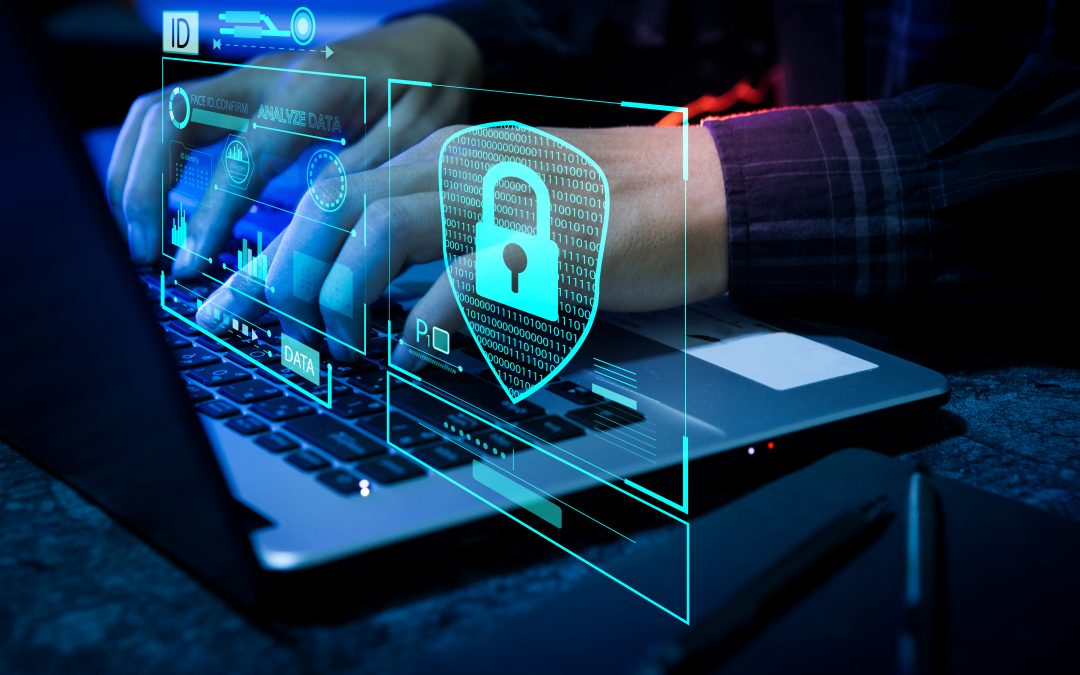In the rapidly evolving digital landscape, our dependence on technology has grown exponentially. We live in a world where connectivity and convenience have become the norm, but along with these advancements come significant cyber security risks. As cyber criminals become more sophisticated, it is necessary to stay ahead of the game and understand the top cyber security trends that are shaping the future.
In this article, we will discover the top 5 cyber security trends that demand our attention, equipping you with the knowledge and strategies needed to protect yourself and your digital assets.
Rise in Sophisticated Cyber Attacks
The days of simple malware and phishing attempts are long gone. Cybercriminals have stepped up their game, unleashing Advanced Persistent Threats (APTs) that lurk undetected within networks for extended periods. These attacks are like stealthy predators, silently infiltrating systems and stealing sensitive data. Take, for example, the notorious APT29 group, also known as Cozy Bear, which was responsible for the high-profile cyber attack on the Democratic National Committee in 2016. Such advanced attacks require cyber security knowledge and proactive security measures like robust threat intelligence, real-time monitoring, and incident response plans to counteract them effectively.
Increased Focus on Cloud Security
The widespread adoption of cloud computing has transformed the way businesses operate. This shift has also introduced new security challenges. Organizations must address concerns surrounding data breaches, misconfigurations, and unauthorized access to cloud resources. One notable example is the data breach at Capital One in 2019, where a misconfigured web application firewall exposed sensitive customer data. To mitigate these risks, businesses must implement strong security practices such as encryption, access controls, and regular audits. Cloud service providers and organizations must work together, for which understanding cloud computing is necessary, to ensure shared responsibility for security, implementing continuous monitoring and effective threat mitigation strategies.
Internet of Things Security Concerns
The Internet of Things (IoT) has revolutionized our lives, connecting devices and enabling automation on a massive scale. This proliferation of IoT devices has given rise to new security challenges. Vulnerabilities in IoT devices can be exploited, leading to unauthorized access, privacy breaches, and even physical harm. For instance, the Mirai botnet attack in 2016 harnessed compromised IoT devices to launch a massive distributed denial-of-service (DDoS) attack, causing widespread disruption. Securing IoT ecosystems requires a multi-layered approach, including device authentication, encryption, and regular firmware updates. Organizations and individuals must prioritize IoT security by implementing robust network segmentation, monitoring device behavior, and fostering a culture of security awareness.
Data Privacy and Compliance Regulations
In an era where data privacy is a growing concern, governments and regulatory bodies have enacted stringent compliance regulations. The European Union’s General Data Protection Regulation (GDPR) and California’s Consumer Privacy Act (CCPA) are notable examples. These regulations aim to ensure data privacy, protection, and accountability. Organizations must comply with these regulations, obtaining explicit consent for data collection, implementing robust security measures, and providing transparency in data handling practices. Failure to follow these regulations can result in severe consequences, including reputational damage and hefty penalties. The example of British Airways, which faced a £20 million fine under GDPR for a data breach affecting 400,000 customers, serves as a stark reminder of the importance of data privacy compliance.
Artificial Intelligence and Machine Learning in Cyber Security
Artificial intelligence (AI) and machine learning (ML) technologies have emerged as game-changers in the field of cyber security. AI-powered systems can enhance threat detection and response capabilities by analyzing vast amounts of data, identifying patterns, and detecting anomalies in real-time. For example, AI algorithms can quickly detect and block malicious activities on a network, preventing potential cyber attacks. Machine learning models can learn from historical data to identify and predict emerging threats, allowing organizations to proactively implement countermeasures. The use of AI and ML in cyber security also extends to user behavior analytics, where algorithms analyze user activities to identify suspicious behavior and potential insider threats.
To illustrate the power of AI and ML in cyber security, let’s consider the case of a financial institution. By implementing AI-powered fraud detection systems, the institution can analyze large volumes of transaction data and identify patterns indicative of fraudulent activities. The system can flag suspicious transactions in real-time, allowing the institution to take immediate action and prevent financial losses. ML models can continuously learn from new data and adapt to evolving threats, ensuring the institution’s defenses stay ahead of cybercriminals.
These trends have evolved due to the increased cyber threat landscape, with new threats emerging regularly. Several common cyber threats continue to pose significant risks to individuals and organizations alike. The most common cyber threats include:
Malware:
Malicious software, or malware, includes viruses, worms, Trojans, ransomware, and spyware. Malware is designed to infiltrate systems, disrupt operations, steal sensitive information, or gain unauthorized access.
Example: A user unknowingly downloads a malicious email attachment, which installs ransomware on their device, encrypting their files and demanding a ransom for their release.
Phishing:
Phishing attacks involve deceptive emails, messages, or websites that mimic legitimate entities to trick users into giving up details of sensitive information, such as passwords, credit card details, or login credentials.
Example: A user receives an email appearing to be from their bank requesting them to click on a link and provide their account credentials. The link directs to a fake website designed to steal their login information.
Social Engineering:
Social engineering involves manipulating individuals to divulge confidential information or perform actions that compromise security. Attackers exploit human vulnerabilities, such as trust or curiosity, to gain unauthorized access.
Example: An attacker impersonates a tech support representative and convinces a user to share their password, claiming to resolve a technical issue. The attacker then uses the password to gain unauthorized access to the user’s accounts.
DDoS Attacks:
Distributed Denial of Service (DDoS) attacks overload a network, system, or website with a flood of traffic, rendering it inaccessible to legitimate users. Attackers use botnets or multiple compromised devices to launch these attacks.
Example: A company’s website is flooded with traffic from multiple sources, causing the website to crash and preventing legitimate users from accessing it.
Insider Threats:
Insider threats involve individuals with authorized access to systems or networks who misuse their privileges intentionally or inadvertently. This can include employees, contractors, or business partners.
Example: An employee with access to sensitive/confidential customer data leaks the information to a competitor or sells it on the dark web for personal gain.
Conclusion
The necessity of cyber security cannot be overstated while the digital landscape continues to evolve. The top 5 cyber security trends discussed in this article highlight the ever-changing nature of cyber threats and the need for continuous adaptation and vigilance. By staying informed about these trends and implementing effective security strategies, individuals and organizations can safeguard their digital assets and protect themselves from malicious actors.
Cyber security is a collective responsibility. It requires collaboration between individuals, organizations, and governments to create a secure digital environment. By being skilled in robust security practices, staying updated on emerging threats, and fostering a culture of security awareness, we can collectively combat cyber threats and ensure a safer digital future for all. Stay informed, stay proactive, and stay secure in the face of evolving cyber security challenges.


